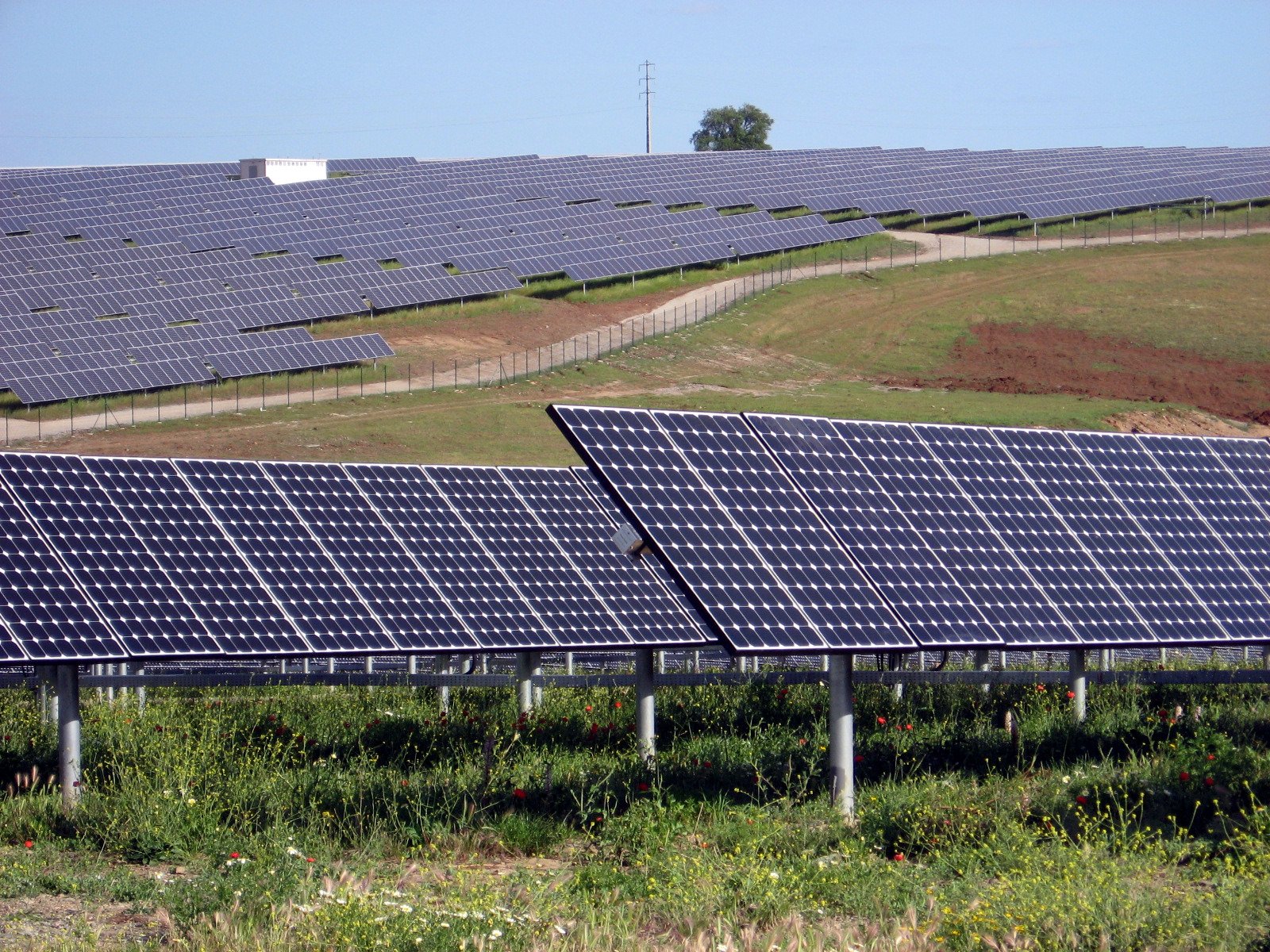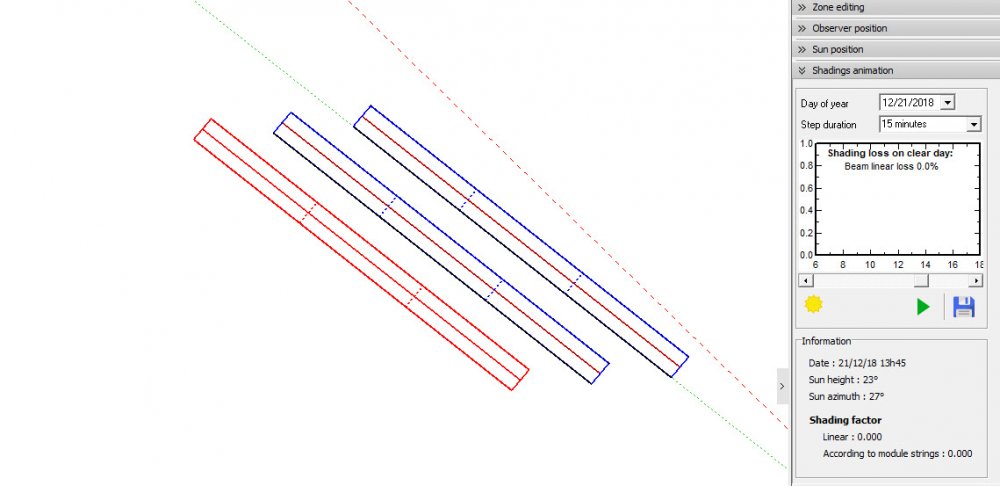-
Posts
873 -
Joined
-
Last visited
Posts posted by dtarin
-
-
Take your inverter output from PVsyst, apply your losses from there in order to the POI
-
I believe so.
-
(P_actual/P_rated -1)*100
Positive result indicates gain, and is entered as a negative in PVsyst
-
Try emailing support for faster response.
-
Outside of PVsyst in excel
-
A little late responding here.
1. Update to 6.8.3, PVGIS is working in that version. Or visit that link, get the horizon profile in txt format, convert to PVsyst readable format, and then import as PVsyst internal file.
2. It is not automatically included in the meteo data.
-
Have you found a solution for this? If you run a simulation, you can get the meteo data from the 8760 output.
-
My guess is that it has to do with equipment safety and protecting the inverters. A low pnom ratio might not function the most efficiently, but I dont think it's going to break the inverter, whereas too high of a pnom ratio can. Most inverter manufacturers only list max ratios (when they do list them) and not min ratios.
-
This is likely due to severe terrain changes in slope. There are a couple things.
- Keep increasing table spacing until it goes away
- Manually move each table off of the adjacent one where there is overlap, then reset the table height according to terrain. Do a check under tools to move to the next error. Once the validity check returns no results, you are finished.
- Ignore table interpenetrations in tools (I never do this personally)
-
-
Sorry for the late reply here, just saw this. It appears HIT is classified as an unconventional technology, to which LID does not apply. It seems LID is only applicable to c-Si technology in PVsyst. Panasonic HIT modules (for example) state low LID, but not zero LID. I would suggest accounting for LID loss in the module quality factor loss.
-
You can change tilt under the orientation menu (under input parameters). If you have created a 3D shade scene, you can also set the tilt there, and update the orientation settings once you save and close the shade scene.
-
-
Thank you for the response. When new features are introduced or changes are made, there is a delay in the help notes being updated. Since knowing more about the changes is beneficial to all users, it is useful to come to the forums so others can understand them at the same time. Some recent examples which come to mind were the changes made to soiling ("Deep review of soiling treatment"), and the irradiance optimization tracking method. The documentation in 6.8 covers the irradiance optimization strategy, but when it was released, users were not aware of what it entailed, and thus came to the forums for clarification.
-
Hello,
Where are you seeing the shading? In the waterfall, or in the shadings animation in the shade scene? I just tested in 6.7.9, and I have a single tracker next to a two row tracker, and backtracking is working for me. As you can see, I have selected the single tracker, showing it is not part of the first two rows. 0 shading in the shadings diagram to the right, as well as 0 electrical effect in the waterfall. Maybe your tracker isnt spaced exactly.
-
Thank you for bringing this to attention. I have noticed the next to zero feedback as well from PVsyst, and moreover no reply to this thread. It would be great if PVsyst could provide a comment on their lack of attention here. Between no proper documentation for updates and no comments here, each update brings more unanswered questions.
-
Using v6.8.3, I get a horizon profile from within PVsyst just fine.
-
Check newest version released last week, thought I saw a note about PVGIS import data.
-
It was my understanding PVsyst cant simulate at all in the same shade scene trackers with different tilts, batch mode or not.
-
It looks like it is total system production, what is being sent to battery + what is being sent to grid.
-
Hello PVsyst team,
Can you elaborate on the changes made with regards to soiling in version 6.8.2? The description window states:
"Deep review of the soiling treatment"
Thank you.
-
The Rsh and Rshunt exponential are different in my 390W PAN file, but that's not to say yours are incorrect. As long as you have your own 390W PAN file to go off of, it should be ok.
-
It looks like you are missing the cell dimensions in the PAN file (122.2 cm^2 is my guess based on the 390W). Verify you have the correct power temperature coefficient Pmpp. Also your Rshunt G=0 & Rsh dont match the 390W PAN file.
-






Shadings/Horizon information
in Shadings and tracking
Posted